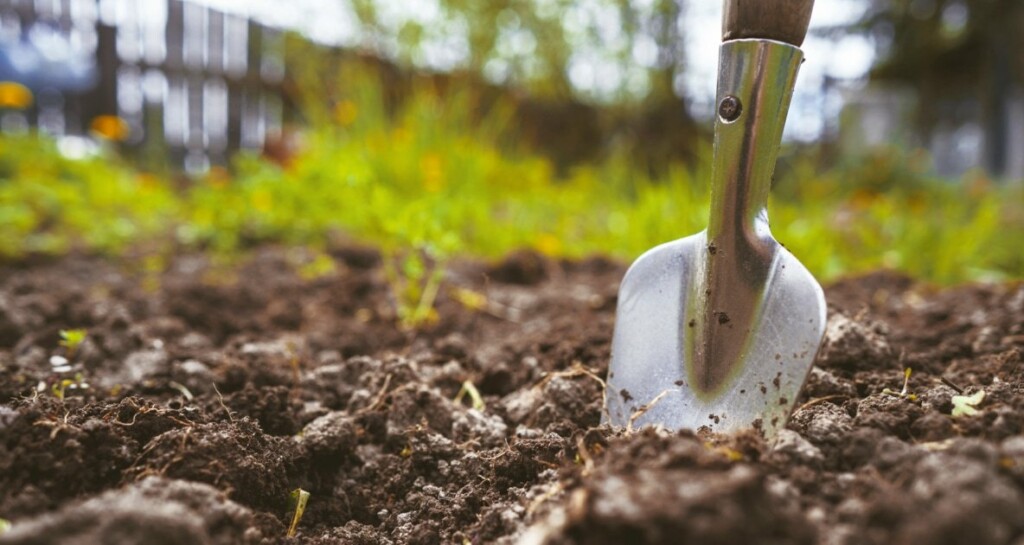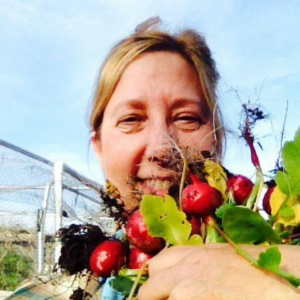Your Garden … with Sharon McCray: Know which type of mulch is best to protect your garden from perils
One mistake that is often made is putting a plastic barrier between the mulch and soil.
![]()

By Sharon McCray
 Mulch, mulch, mulch. This mantra is repeated over and over again by Gilroy gardeners. But, alas, not all mulches are created equal. And why mulch anyway?
Mulch, mulch, mulch. This mantra is repeated over and over again by Gilroy gardeners. But, alas, not all mulches are created equal. And why mulch anyway?
First and foremost, mulch will protect your valuable garden soil from all kinds of perils: the sun from stealing the micro-nutrients and the weeds from taking precious moisture. The appropriate layer of mulch will also add curb appeal to your garden while helping to preserve the look you are hoping to produce.
One mistake that is often made is putting a plastic barrier between the mulch and soil. This method will defeat the purpose of the mulch and serve to keep the soil beneath it dry and lifeless. It is far better to use newspapers or cardboard as the layer between mulch and soil. As it decomposes over time, it will allow water to migrate into your soil and provide a healthy environment for earthworms and other living organisms to thrive in. Here are some examples of readily available mulches.
 Compost is the first and best for keeping the soil hydrated and preserving nutrients. A good compost will protect the soil from the elements and if and when watered, will leach valuable nutrients back into the soil. Whatever compost you choose, make sure it is well composted. Bulk compost, when not truly finished composting, will continue to draw nitrogen from the soil and anything growing therein. Once this process starts, it can be nearly impossible to reverse and may require feeding plants via foliar spraying for a while.
Compost is the first and best for keeping the soil hydrated and preserving nutrients. A good compost will protect the soil from the elements and if and when watered, will leach valuable nutrients back into the soil. Whatever compost you choose, make sure it is well composted. Bulk compost, when not truly finished composting, will continue to draw nitrogen from the soil and anything growing therein. Once this process starts, it can be nearly impossible to reverse and may require feeding plants via foliar spraying for a while.
Manures are an extremely useful source of nutrients. Be careful though. Any manure that is not composted has the possibility of containing urea. Too much urea will kill plants. Steer manure is most commonly available and contains plenty of organic material to enhance your garden. Any unexpected odors will dissipate within a few days. Horse manures can contain medications that are used in the routine care of the animals, and could pass back into your soil, causing harm to earthworms and other beneficial life in the soil.
 Hay and straw are another source of mulch. They provide an environment for earwigs and sow bugs to grow and thrive. Weed seeds can sprout and the finished look can be unsightly.
Hay and straw are another source of mulch. They provide an environment for earwigs and sow bugs to grow and thrive. Weed seeds can sprout and the finished look can be unsightly.
Wood chips are usually free and will provide years of stability to your garden paths and unplanted surfaces. Most tree trimming companies have to pay to dispose of the ground up organic tree material, but a word of caution: be sure to be on site when the chips are delivered or you may get pieces too large to use along with some useless trash and tree limbs. Avoiding oak and eucalyptus wood chips is a good idea since these two specific trees have allopathic tendencies. This might keep plants from growing beneath their tree canopy. This will prevent anything from growing wherever the chips are spread.
There seems to be a lot of talk about “gorilla hair,” the stringy fibrous outer layer of certain trees, like redwoods and cedars. Unless these are treated, they can become flammable and a nuisance to clean. Leaves can easily become embedded in the material making it difficult to keep neat.
The use of decorative stone is having a revival of sorts as a mulch. The one issue is that they too can be difficult to maintain, and after a few years, look unsightly.
Next month, everything you always wanted to know about soil. If you get a chance to see “Kiss the Ground,” I highly recommend it as a science-based introduction into soil.
Sharon McCray is a California native living in Santa Clara County since 1959. She became certified as a University of California cooperative extension master gardener in 1992 and a UCCE master naturalist in 2015. She hosts a monthly radio show on KKUP public radio and is now retired.
